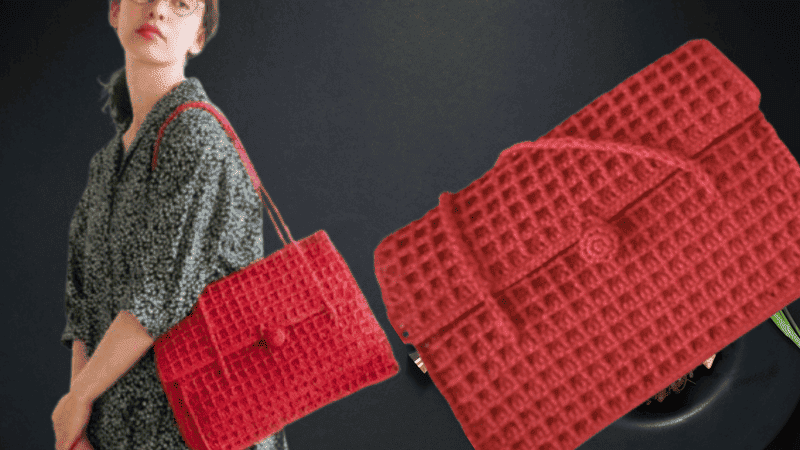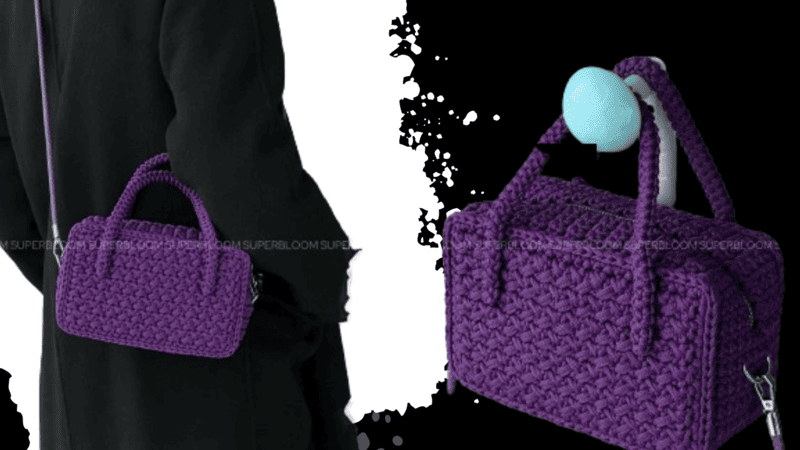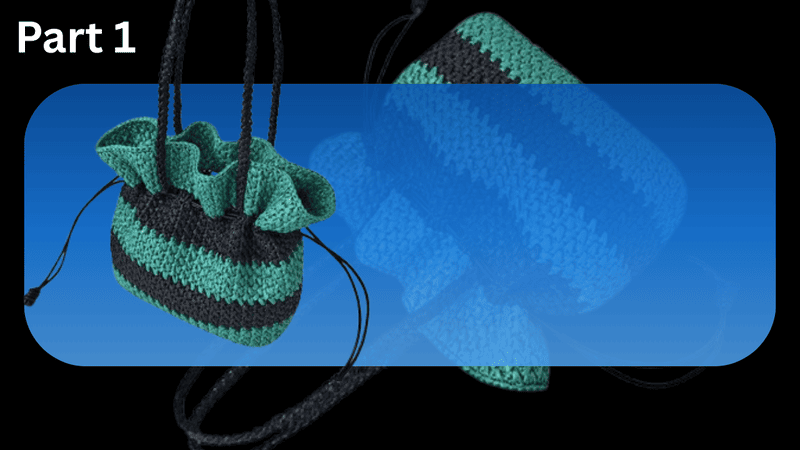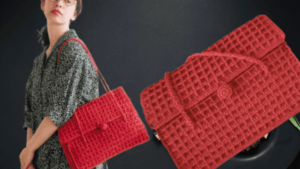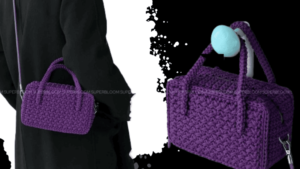Half Double Crochet Vs Double Crochet The Most Comprehensive Text & Picture Explanation
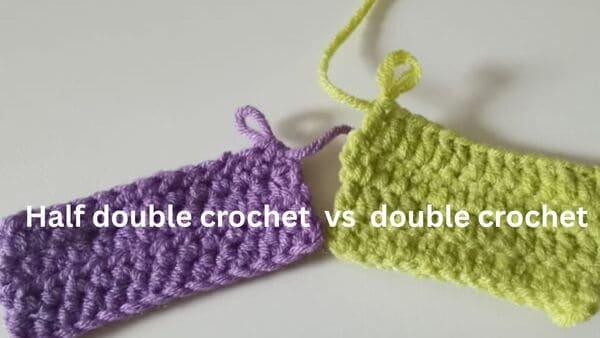
Half double crochet vs double crochet :pick up your hook and the first choice is always a toss-up: half double crochet or double crochet.
The half double sits snug and dense, tall enough to boast yet low enough to hug. many of us reach for it when a baby blanket or a winter hat needs both heat and a little give. the stitch snaps back, keeps the chill out, and never looks floppy. Textures line up crisply, and the surface ends up with that bouncy feel you just want to pet.
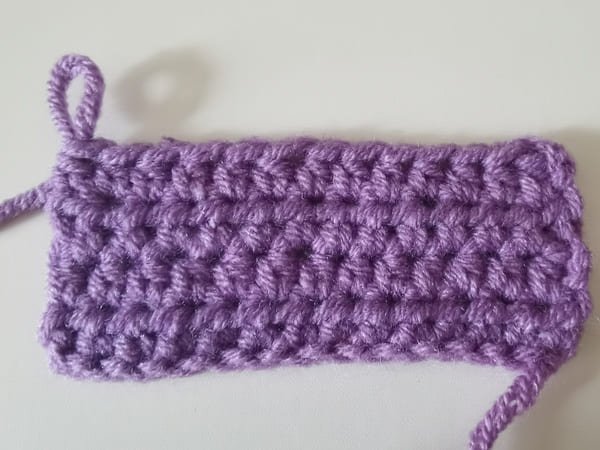
The double crochet, by contrast, stretches high and fans open like a flower in sunlight. shawls, cardigans, and summer throws wind up on the hook faster the moment you dial in that extra height. air zips through the gaps, so the end result feels almost weightless.
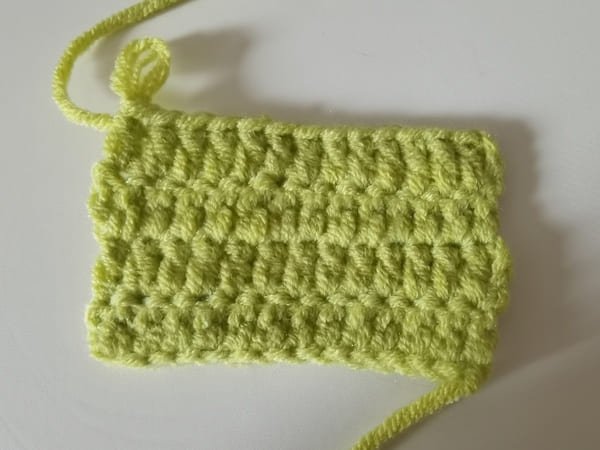
Table of Contents for half double crochet vs double crochet
Half double crochet(hdc)
What Is Half Double Crochet (hdc)?
Jump into any beginner crochet tutorial and, sooner or later, you will bump into the half double crochet-the hdc stitch. Its one of those go-to moves crafters keep coming back to because it strikes a nice balance between height and heft. Picture it as the porridge that neither lukewarm nor boiling-just about right.
Toss hdc into a row and you wind up with something a shade taller than a single crochet but way denser than a double. That blend of stretch and snugness makes it our favorite pick for blankets beanies-or anything else we want to feel warm but still flexible.
How we make a half double crochet (hdc)
Lets walk through the stitch one piece at a time so it feels doable.
Yarn over: First, wrap the yarn around the hook once. That tiny move lifts the work a bit and sets the stage for the hdc to be taller than a single.

Insert the hook: Next, poke the hook into the very next stitch in the row. It can be a chain row or part of the round; either way works.

Yarn over and pull through: Do another yarn-over, then drag that strand back through the stitch. You will see three loops just lounging on the hook.

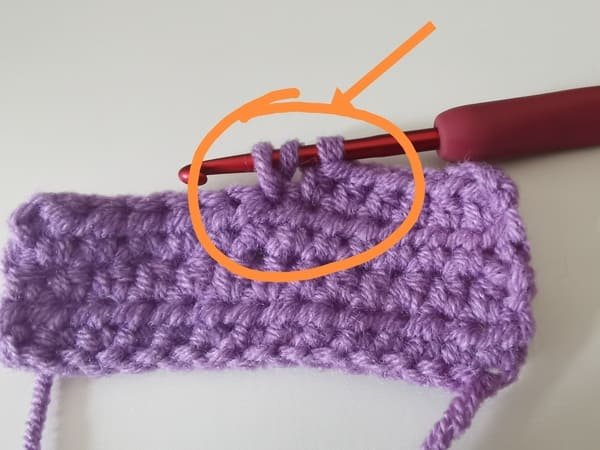
Yarn over and pull through all three: Finally, yarn over one last time and pull straight through all three hoops in one decisive tug. There you have it: the half double crochet in its no-fuss glory.

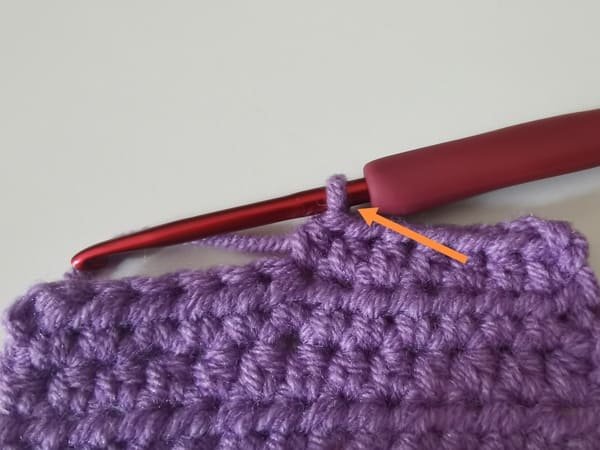
Tips when we work with half double crochet (hdc)
| Tip | Why We Do It |
|---|---|
| A Reliable Turning Chain | We usually begin each half double crochet row with a chain-2. That simple step helps keep our edges straight and prevents curling. |
| Mind the Edge Stitches | When we accidentally skip or add a stitch at the edge, the entire piece can ripple or tilt. Paying attention to border stitches keeps our work even. |
| Count, Count, Count | We count our stitches after nearly every row. It may sound tedious, but it keeps surprises away and ensures a consistent width. |
| Use a Marker When It Matters | We drop a small stitch marker on the first stitch of each row. It might feel extra, but it clearly shows us where the row starts and keeps our sides tidy. |
| Comfortable Tension | We keep our yarn tension relaxed enough to pull through loops smoothly. This makes our fabric soft and easier to manage. |
Double crochet(dc)
What Is double crochet (dc)?
Jump into crochet long enough and youll run face-first into the double crochet stitch, or dc for short. Its that everywhere-basic move you spot in baby blankets, scarves, and especially in those speedy holiday gifts.
Taller than its cousin the half double stitch (hdc), the dc opens up the fabric while still lending it a bit of backbone.
We reach for it whenever we crave a project that works up fast but still drapes like a champ.
How we make a double crochet (dc)?
Once you can work half double crochet, stepping up to double crochet feels pretty natural. Let me walk you through the motion in plain language.
Yarn over first, just like you did before. That extra wrap gives the stitch its trademark height.
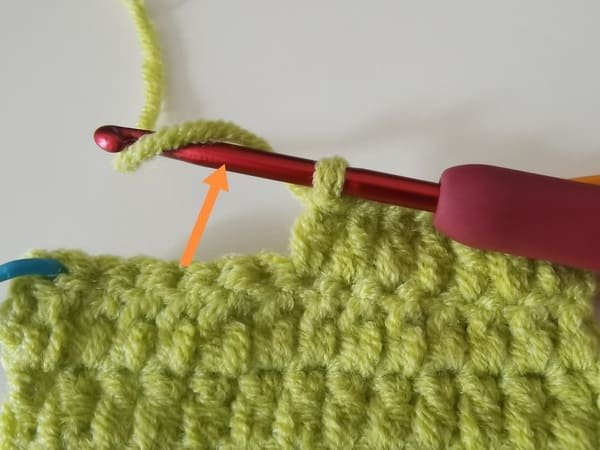
Insert the hook into whatever stitch or space your pattern points to-next, slide the hook right on through.
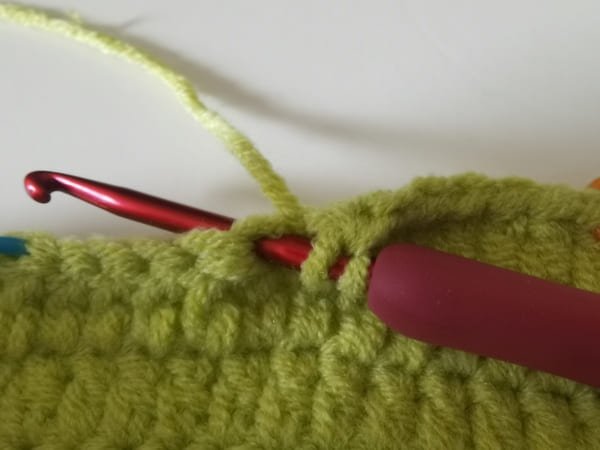
Yarn over and pull through the opening. At this moment three loops rest on your hook.

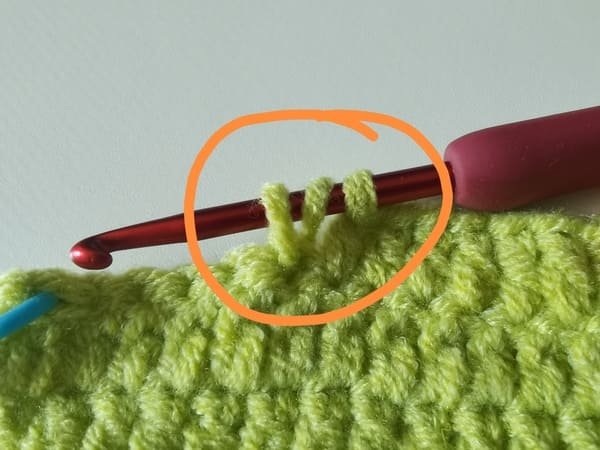
Yarn over and pull through two of those loops. The count shrinks down to a pair.
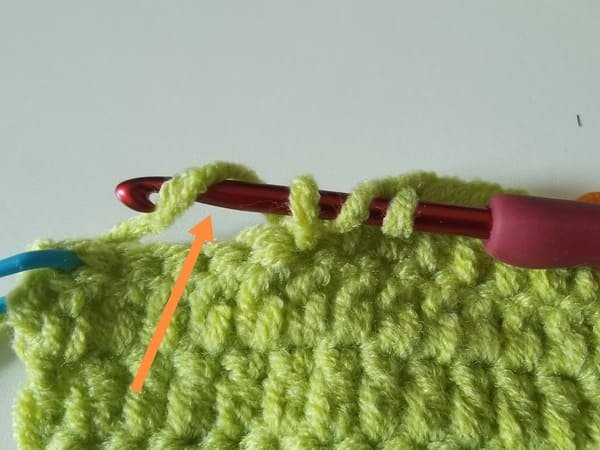
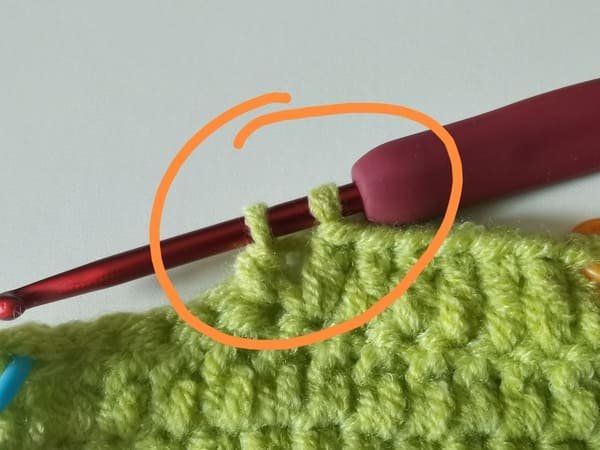
Yarn over again and pull through the last two. Now only a single loop remains, meaning the double crochet is officially done.

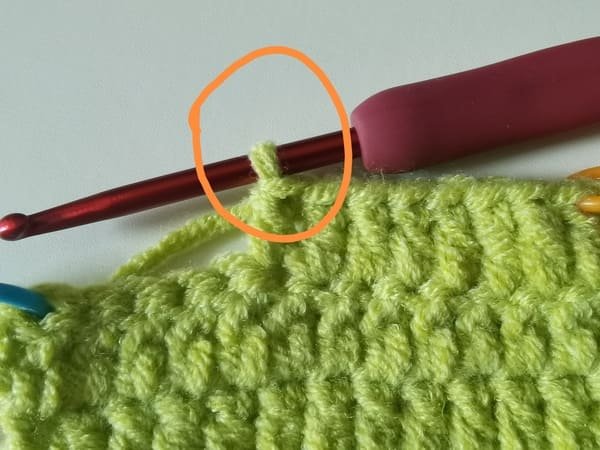
The biggest change from half double is how you handle those loops two at a time. Because of that, the stitch towers more and leaves the fabric feeling breezy.
Tips for double crochet(dc)
| Focus Area | Why It Matters |
|---|---|
| Uniform Standing Stitch | We keep our starting stitch (typically chain-3) consistent in every row. It doesn’t just look neat—it sets the visual baseline for the entire piece. |
| Edge Anchoring Stitches | We give special attention to the first and last stitches of each row. Missing one or adding an extra causes the sides to bulge or pull in. To avoid this, we use a stitch marker. |
| Maintaining Consistent Tension | We check our row height as we go, just like a builder compares rafters. A sudden dip or spike in height means our grip or yarn tension needs adjusting. This habit helps us avoid wonky, uneven fabric later. |
| Final Blocking/Setting | After weaving in the ends, our project still needs shaping. We steam or wet-block the fabric to reveal its full beauty—flattening the stitches, evening the texture, and giving it professional polish. This is especially important for shawls and garments that need elegant drape. |
Half double crochet vs double crochet
We also make table , it can help you to understand it clearly and quickly.
| Feature | Half Double Crochet (hdc) | Double Crochet (dc) |
|---|---|---|
| Stitch Height | A row of tall stitches hovers between single and double crochet | Taller than hdc. Creates open, flowing fabric and builds rows quickly. |
| Steps to Make It | Yarn over, insert hook, yarn over and pull through (3 loops), then yarn over and pull through all 3 loops. Feels automatic. | Yarn over, insert hook, yarn over and pull through (3 loops), yarn over and pull through 2 loops twice. |
| Fabric Texture | Thick but flexible. The result bends easily in the hand, combining support with soft bounce. | Lighter and more relaxed in feel. Drapes smoothly and shows stitch definition clearly. |
| Drape & Stretch | Modest drape with gentle stretch. Hugs the body without pinching—ideal for fitted wear. | Excellent drape. Garments flow and move easily with the body or breeze. |
| Speed of Work | Slightly slower due to shorter row height, but each row still gives a satisfying sense of progress. | Fast to work. Tall stitches mean fewer rows needed to cover the same space. |
| Warmth & Density | Dense and cozy. Great for retaining heat—perfect for cold-weather accessories or baby blankets. | Airier and more breathable. Suitable for spring/summer wear or layered looks. |
| Best For | Hats, mittens, baby clothes, amigurumi, and accessories that need shape and warmth. | Shawls, blankets, cardigans, granny squares, and flowing garments that call for softness and elegance. |
| Yarn Usage | More than double crochet ,need more yarns for half double crochet. | Uses less yarn for the same height, though open patterns may consume more, similar to lacework. |
Frequently Asked Questions (FAQs)
Q:Which is taller, half double crochet or double crochet?
A:double crochet is taller than half double crochet.
Selecting the correct height for a stitch is one of the quiet, pivotal choices that steers the entire look of a crochet piece. Double crochet towers over half double crochet,
The half double begins with a yarn over, slides the hook into the work, and withdraws a loop that leaves three bars waiting on the shaft. A single, decisive pull-through clears all three at once, yielding a stitch that perches just above single crochet yet falls short of double. Equally compact, it offers a manageable, balanced profile.
Double crochet, by contrast, asks for two extra pull loops. After the beginning yarn over and loop retrieval, the crafter pauses to yarn over again and shed two strands; that motion repeats until only one strand remains on the hook. The procedure stretches the fabric, planting a loftier, breezier column the eye naturally gravitates toward.
Q:Which uses more yarn, half double crochet or double crochet?
A: half double crochet use more yarn than double crochet.
Half double crochet, as a rule of thumb, tends to gobble up more yarn than its taller cousin, double crochet.
The hdc creates a thick, compressed ridge that hugs itself tightly, whereas the dc stretches upward in a looser, more airy column.
Ironically, the grand height of a double crochet stitch deceives us; it occupies space freely and, because it breathes, economizes yardage.
When we line up rows to match width and height, the tighter hdc crowding pushes the yardage higher since the loops stack more densely.
That firmness is exactly what we prize in projects destined for winter mitts or baby blankets needing a stout barrier against the cold.
Reference sources
1.Learn the most comprehensive guide for single crochet(sc)
Author:Sarah Stearns
Publication date: on June 15, 2021, updated:December 14, 2024
Title: How to single crochet (sc)for beginners
Summary as blow:
- Step-by-Step Single Crochet for Beginners
- Single Crochet into a Foundation Chain
- Single Crochet into another Row
- Single Crochet in the Round
- Increases and Decreases
- Working Single Crochet in Different Loops

